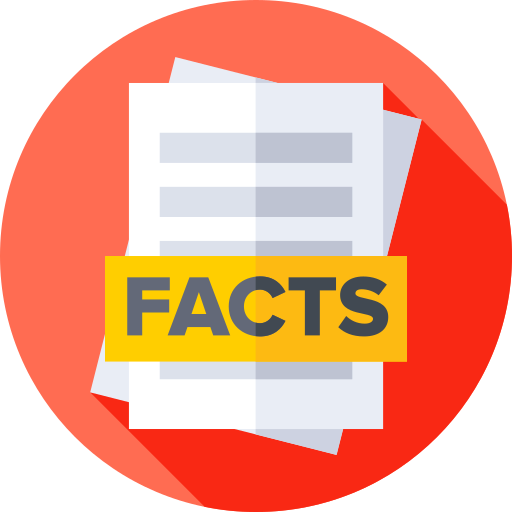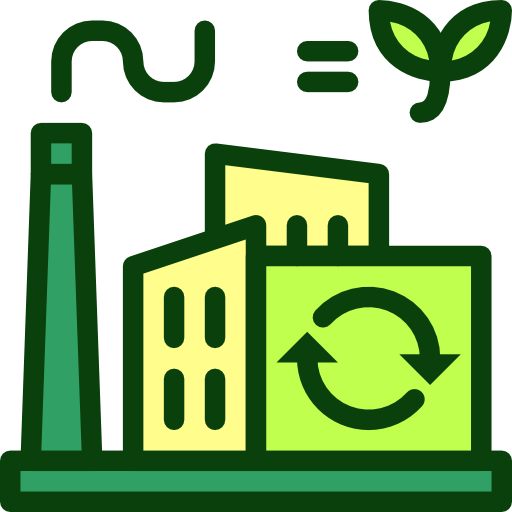Iceland - Geography

Here, let us take a look at the Geography of Iceland. Strategic location between Greenland and Europe; westernmost European country; Reykjavik is the northernmost national capital in the world; more land covered by glaciers than in all of continental Europe. Mother's mean age at first birth is 28.7 years (2020 est.) (), whereas, the Maternal mortality ratio is 3 deaths/100,000 live births (2020 est.)
Geographical data of Iceland
| Location | Northern Europe, island between the Greenland Sea and the North Atlantic Ocean, northwest of the United Kingdom |
|---|---|
| Geographic coordinates | 65 00 N, 18 00 W |
| Map references | Arctic Region |
| Tarrain | mostly plateau interspersed with mountain peaks, icefields; coast deeply indented by bays and fiords |
| Natural Resources | fish, hydropower, geothermal power, diatomite |
| Natural Hazards | earthquakes and volcanic activity volcanism: Iceland, situated on top of a hotspot, experiences severe volcanic activity; Eyjafjallajokull (1,666 m) erupted in 2010, sending ash high into the atmosphere and seriously disrupting European air traffic; scientists continue to monitor nearby Katla (1,512 m), which has a high probability of eruption in the very near future, potentially disrupting air traffic; Grimsvoetn and Hekla are Iceland's most active volcanoes; other historically active volcanoes include Askja, Bardarbunga, Brennisteinsfjoll, Esjufjoll, Hengill, Krafla, Krisuvik, Kverkfjoll, Oraefajokull, Reykjanes, Torfajokull, and Vestmannaeyjar |
| Irrigated Land | 0.5 sq km (2022) |
| Major rivers (by length in km) | |
| Major aquifers | |
| Land Boundaries | 0 km |
| Border Countries | |
| Coastline | 4,970 km |
| Climate | temperate; moderated by North Atlantic Current; mild, windy winters; damp, cool summers |
| Area | |
| Total Area | |
| Land Area | 100,250 sq km |
| Water Area | 2,750 sq km |
| comparative Area | slightly smaller than Pennsylvania; about the same size as Kentucky |
| Maritime Claims | |
| Territorial sea | 12 nm |
| Exclusive economic zone | 200 nm |
| Continental shelf | 200 nm or to the edge of the continental margin |
| Elevations | |
| Highest point | Hvannadalshnukur (at Vatnajokull Glacier) 2,110 m |
| Lowest point | Atlantic Ocean 0 m |
| Mean elevation | 557 m |
| Land Use | |
| Agricultural land | 18.6% (2022 est.) |
| Agricultural land: arable land | arable land: 1.2% (2022 est.) |
| Agricultural land: permanent crops | permanent crops: 0% (2022 est.) |
| Agricultural land: permanent pasture | permanent pasture: 17.4% (2022 est.) |
| Forest | 0.5% (2022 est.) |
| Other | 80.9% (2022 est.) |
Population Distribution
Iceland is almost entirely urban with half of the population located in and around the capital of Reykjavik; smaller clusters are primarily found along the coast in the north and west
People and Society
In Iceland, the different Ethnic groups are such that we have: Icelandic 78.7%, Polish 5.8%, Danish 1%, Ukrainian 1%, other 13.5% (2024 est.)
| Population | |
|---|---|
| Pop growth rate | 0.85% (2024 est.) |
| Birth rate | 12.6 births/1,000 population (2024 est.) |
| Death rate | 6.6 deaths/1,000 population (2024 est.) |
| Health expenditure | 8.6% of GDP (2022) |
| Physicians Density | |
| Hospital bed Density | 2.8 beds/1,000 population (2020 est.) |
| Total fertility rate | 1.94 children born/woman (2024 est.) |
| Gross reproduction rate | 0.95 (2024 est.) |
| Contraceptive prevalence rate | NA |
| Est married women (ages 15-49) | 45.1% (2023 est.) |
| Literacy | |
| Education expenditures | 7.7% of GDP (2020 est.) |
| Net Migration rate | 2.5 migrant(s)/1,000 population (2024 est.) |
| Nationality | Icelandic | Icelander(s) |
| Languages | Icelandic, English, Polish, Nordic languages, German |
| Religions | Evangelical Lutheran Church of Iceland (official) 58.6% Roman Catholic 3.8%, Independent Congregation of Reykjavik 2.6%, Independent Congregation of Hafnarfjordur 1.9%, pagan worship 1.5%, Icelandic Ethical Humanist Association 1.4%, other (includes Zuist and Pentecostal) or unspecified 18.7%, none 7.7% (2024 est.) |
| Age Structure | |
| 0-14 years | 19.8% (male 36,692/female 35,239) |
| 15-64 years | 63.2% (male 116,210/female 113,810) |
| 65 years and over | 17.1% (2024 est.) (male 29,366/female 32,719) |
| Dependency Ratios | |
| Total dependency ratio | 58.3 (2024 est.) |
| Youth dependency ratio | 31.3 (2024 est.) |
| Elderly dependency ratio | 27 (2024 est.) |
| Potential support ratio | 3.7 (2024 est.) |
| Median Age | |
| Total | 38 years (2024 est.) |
| Male | 37.4 years |
| Female | 38.6 years |
| Urbanization | |
| Urban population | 94% of total population (2023) |
| Rate of urbanization | 0.74% annual rate of change (2020-25 est.) |
| Major urban areas (Pop) | 216,000 REYKJAVIK (capital) (2018). |
| Sex Ratio | |
| At birth | 1.05 male(s)/female |
| 0-14 years | 1.04 male(s)/female |
| 15-64 years | 1.02 male(s)/female |
| 65 years and over | 0.9 male(s)/female |
| Total population | 1 male(s)/female (2024 est.) |
| Infant Motality | |
| Total | 1.6 deaths/1,000 live births (2024 est.) |
| Male | 1.8 deaths/1,000 live births |
| Female | 1.4 deaths/1,000 live births |
| Life Expectancy at birth | |
| Total population | 84 years (2024 est.) |
| Male | 81.8 years |
| Female | 86.3 years |
| Drinking Water Sources | |
| Improved: urban | urban: 100% of population |
| Improved: rural | rural: 100% of population |
| Improved: total | total: 100% of population |
| Unimproved: urban | urban: 0% of population |
| Unimproved: rural | rural: 0% of population |
| Unimproved: total | total: 0% of population (2020 est.) |
| Sanitation facility acess | |
| Improved: urban | urban: 100% of population |
| Improved: rural | rural: 100% of population |
| Improved: total | total: 100% of population |
| Unimproved: urban | urban: 0% of population |
| Unimproved: rural | rural: 0% of population |
| Unimproved: total | total: 0% of population (2020 est.) |
| Alcohol consumption per capita | |
| Total | 7.72 liters of pure alcohol (2019 est.) |
| Beer | 4.39 liters of pure alcohol (2019 est.) |
| Wine | 2.11 liters of pure alcohol (2019 est.) |
| Spirits | 1.22 liters of pure alcohol (2019 est.) |
| Other alcohols | 0 liters of pure alcohol (2019 est.) |
| Tobacco use | |
| Total | 8% (2025 est.) |
| Male | 7.9% (2025 est.) |
| Female | 8% (2025 est.) |
Demographic profile
All Important Facts about Iceland
Want to know more about Iceland? Check all different factbooks for Iceland below.









